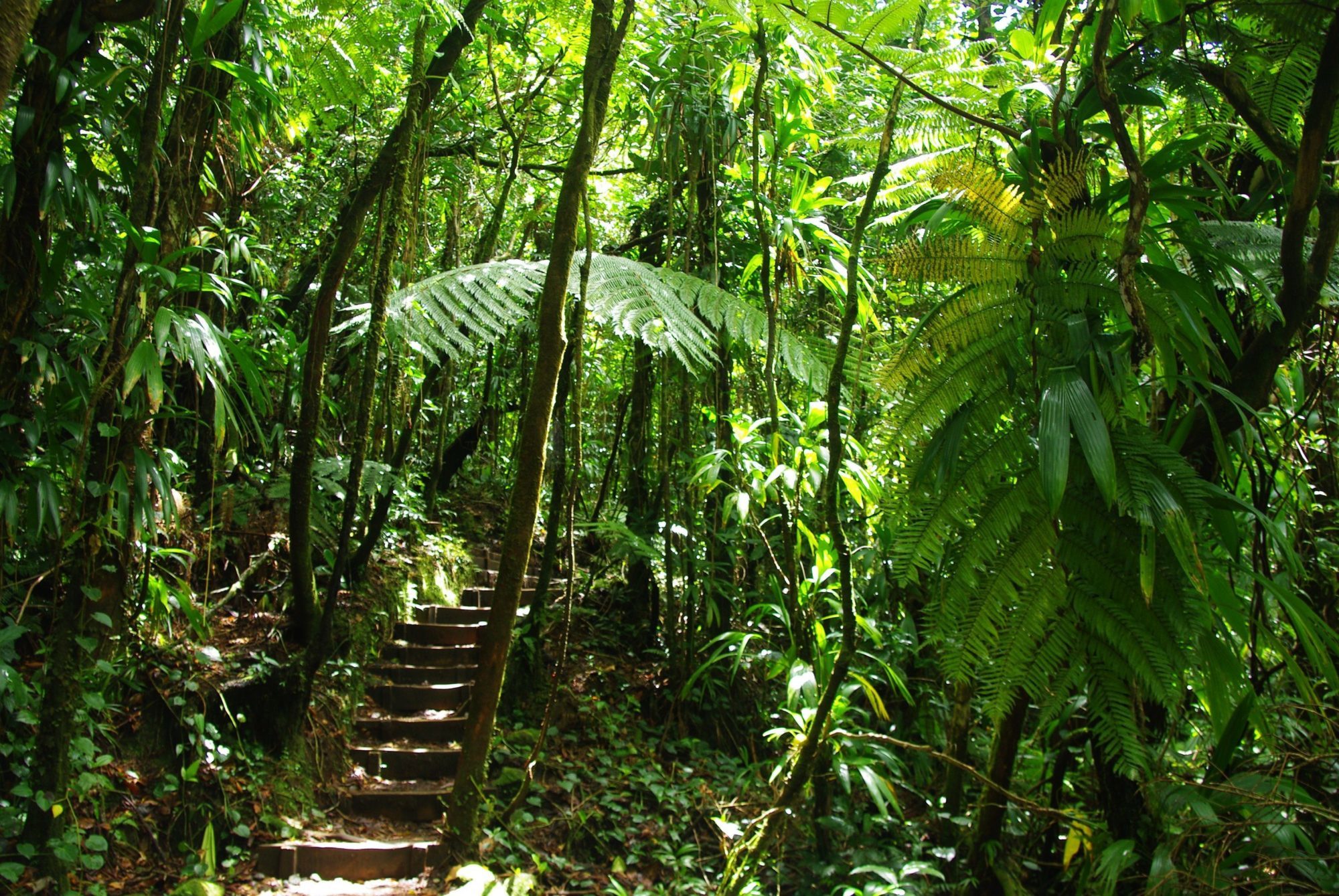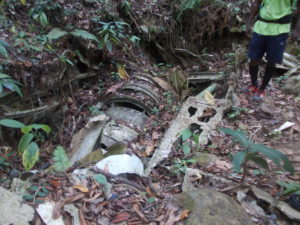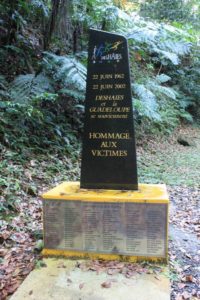
Although it may be hard to imagine today, in 1962, an Air France Boeing aircraft crashed less than 800 meters from Piton Bungalows. It was the second-largest crash in Air France’s history after the Paris-Rio flight, yet it remains relatively unknown to this day. Engraved in the memory of the village elders, this unfortunate accident has given rise to several theories about its cause, which still remain a mystery. Declassified less than a year ago, documents from that time now shed some light on this secret story that has been kept hidden for over 60 years.
On June 22, 1962, around midnight, the Air France Boeing 707-328 took off from Paris Orly. It was a routine flight that typically connected France to South America with a stopover in Pointe-à-Pitre. The aircraft was almost brand new, delivered to Air France less than 4 months prior. It had been inspected a week earlier, and the conditions were perfect for Captain André Lesieur. André, one of the most experienced pilots in the company and decorated in World War II, had accumulated over 15,000 flight hours. In the past, he had even transported General De Gaulle on his historic trips to North America. At this hour, all conditions were optimal, and nothing indicated that the unthinkable could happen.
Around midnight, the aircraft approached Raizet Airport in Guadeloupe. The weather conditions were stormy, with winds between 50 and 70 km/h, but nothing unusual for a large aircraft prepared for challenging long-haul flights. After a failed landing attempt, the aircraft made a left turn according to procedure and informed the control tower that it was at an altitude of 1500 meters. A few minutes later, in complete bewilderment, the plane crashed into a mountain at 400 meters altitude, 23 kilometers from the airport.
The reported malfunctions are incomprehensible. There is mention of a failure in the magnetic guidance system of the control tower and a landing gear problem on the aircraft that prevented the initial approach. However, none of this justifies the gravity of the tragedy that has just occurred. The Boeing had crashed onto a forest-covered peak, far from any inhabited areas, instantly killing all 103 passengers and 10 crew members. Under the stormy night, the monstrous sound made the villagers realize that it was something more terrifying than a thunderclap.
The rescue efforts began laboriously because the crash site was very steep and inaccessible. With the means available at the time, the local population rushed to the aid of this desolation. The road leading to the site, now called the “Boeing Road,” was created to provide easier access.
Although we know how the Boeing crashed, given these inconsistencies, it is legitimate to wonder why. The plane was carrying two political figures advocating for independence, Mr. Albert Béville and Mr. Justin Cartayé. From this point, the story becomes even more complex. The context in France was heavy, with the end of the Algerian War and its independence being signed barely 2 months before the accident. Tensions between France and its former colonies were at their peak. The state knew that its image had to remain strong, and a crash of the national carrier was yet another obstacle to their success. Thus, the investigation commission attempted to exonerate France’s responsibility as much as possible.
Albert Béville, a fervent independence activist, was actually banned from staying in the Antilles to prevent him from influencing the local population’s revolt. However, he managed to evade security at the Paris airport and board the plane. Justin Catayé, on the other hand, was on this flight because he was expected in French Guiana for a demonstration planned on June 25. The demonstration aimed to mobilize against the French legionnaires’ prohibition of a parliamentary session that sought to grant a special autonomy and management status for French Guiana.
A few days after the accident, the state desperately tried to shift the blame onto the pilot’s responsibility. They attempted to argue that despite the numerous technical issues encountered by the aircraft and the airport on the ground, the pilot’s maneuvers were the decisive factor in the crash. Unfortunately, the extremely experienced pilot would never be able to respond to these accusations. Nevertheless, there were weighty facts that implicated the state: a failure of the control tower’s beacon, an airport ill-prepared for aircraft of this size, and numerous technical problems with these American planes. Despite these incriminating elements, the pilot’s responsibility was ultimately recognized as the major issue in this disaster, and as a result, the families of the victims were never compensated.
After unsuccessfully attempting to use the findings of the inquiry commission in its favor, the state decided to classify the case as “Defense Secret”, thus thwarting any hope of truth for the next 60 years. The report from the 2022 inquiry commission, after the declassification of the files, also acknowledges the state’s fault in the conclusions. However, over half a century later, few people remember the events of June 22, 1962, and even fewer have the strength to fight for the truth.
Technical failure, pilot error, sabotage, or none of the above? The mystery will remain unsolved. One thing is certain: during the annual commemoration of the crash, the unusually high number of elected officials present gives the impression that it is the burial of a person who still held secrets to reveal.
Sources :



